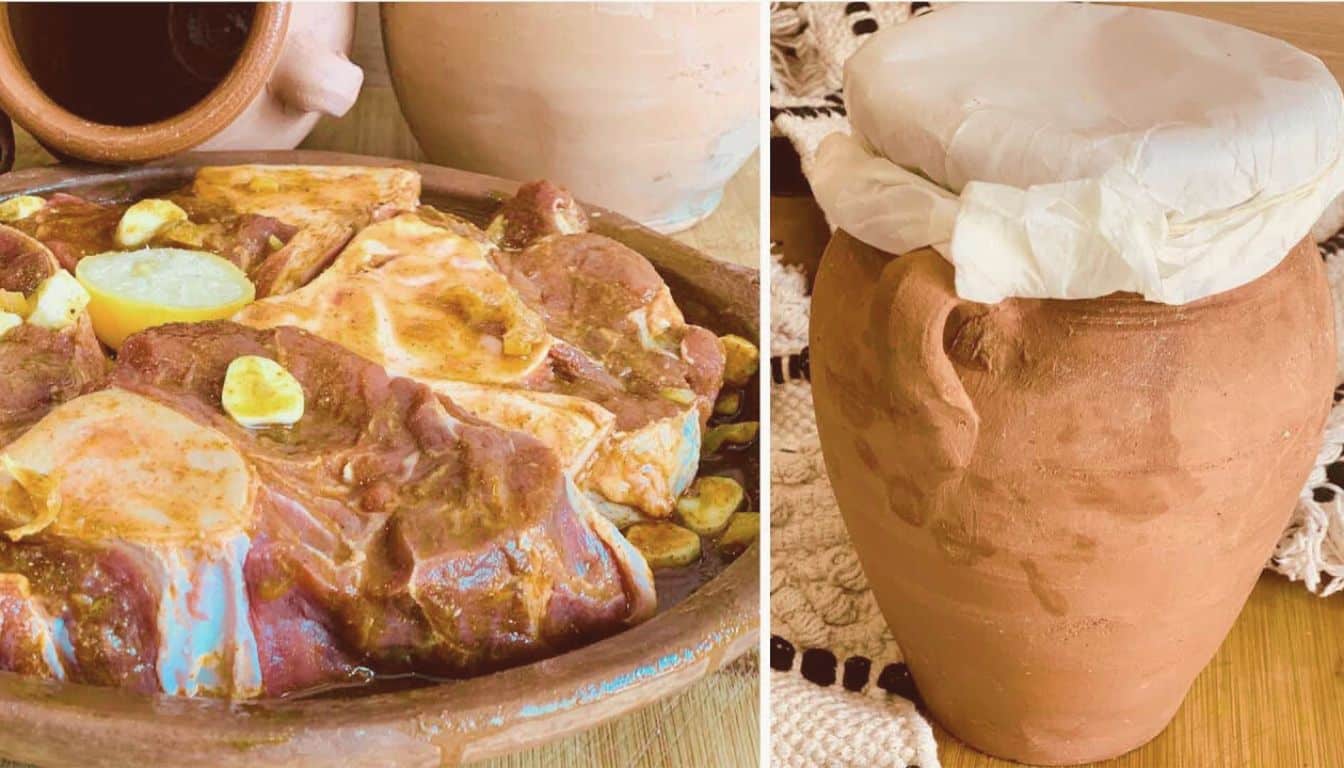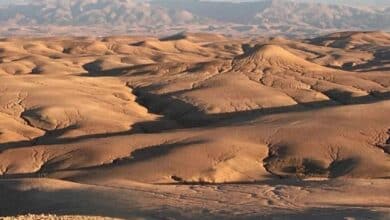
Tanjia Marrakech: Traditional Moroccan Dish & Where to Try It
Marrakesh tanjia is a symbol of traditional Moroccan cuisine. Its unique, ancient preparation method amazes gourmets around the world. In Marrakech, this dish is a culinary ritual. It is also known as “the bachelor’s stew” for its simplicity and popularity among single men.
Origins of Tanjia and its Cultural Significance
Tanjia , or tanjia marrakechia , comes from Marrakech, Morocco. It was once prepared by souk traders during their lunch. This specialty has become a symbol of Marrakech culture . It is famous for its Moroccan ingredients such as meat, preserved lemons, and spices.
Tanjia is distinguished by its cooking method. It is cooked in the hot ashes of a hammam, a ritual that unites cuisine, well-being, and community. The origins of tanjia go beyond food; it is part of the culture and social life of Marrakech.
Waiting for the hammam to cook strengthens the bonds between people. It celebrates the essence of Marrakech culture . It is a moment of sharing and communion.
Ingredients and Preparation of Tanjia
Tanjia is a culinary specialty from Marrakech known for its unique flavors. It uses special ingredients and a particular preparation method. Here’s how to make a tanjia recipe .
Main Ingredients
The tanjia recipe calls for lamb or beef. Here are the key ingredients for a traditional tangia preparation :
- 2 kg of lamb shank
- 8 cloves of garlic
- 20 cl of olive oil
- 5 spices: cumin, turmeric, smen, ras-el-hanout, saffron
- 300 ml of water
- 2 preserved lemons
Preparation Method
Start by marinating the meat for 15 minutes, or overnight if possible. Combine all the ingredients in a clay pot. Seal it with parchment and rope.
Place the pot in a communal oven (farnatchi) over hot ashes. The tanjia will cook slowly, for approximately 3 hours. This allows the flavors to blend and the meat to become tender. This Marrakech culinary specialty is ready to be enjoyed, offering a unique Moroccan taste experience.
Tanjia in Marrakech: A Unique Culinary Experience
Tangia Marrakech is more than a dish. It’s a culinary experience in Marrakech, steeped in history and tradition. Prepared with lamb or beef, it’s marinated in Moroccan spices, preserved lemon, and garlic. It’s cooked in a clay pot in a communal oven, often a hammam.
Tanjia is a specialty of Marrakech, often made by men. Variations, such as those from Tangier or Fez, demonstrate its diversity. Modern ingredients like quince or dates can enrich traditional flavors.
Tanjia is more than a dish. It’s a moment of sharing and community. Spices like cumin and saffron add deep flavors. Preserved lemons and olives add a spicy note. This experience showcases Marrakech’s rich culinary heritage.
Conclusion
Marrakech tanjia is more than a dish; it’s a cultural heritage. Each bite tells a story of gastronomic richness and hospitality. The slow preparation and use of specific meats and spices demonstrate the care for Moroccan culinary tradition.
Tanjia, like tagine, is essential to Marrakech cuisine. It combines local ingredients such as citrus fruits and dried fruits. It showcases Morocco’s history and geography. The simplicity of tanjia hides a complexity of flavors that recalls the Moroccan art of living.
If you love Moroccan cuisine or are a curious traveler, tasting tanjia in Marrakech is unforgettable. This typical dish, rich in flavors and history, seduces and brings guests together. Tanjia is a tribute to Moroccan culinary diversity, a taste journey that highlights tradition and conviviality.




